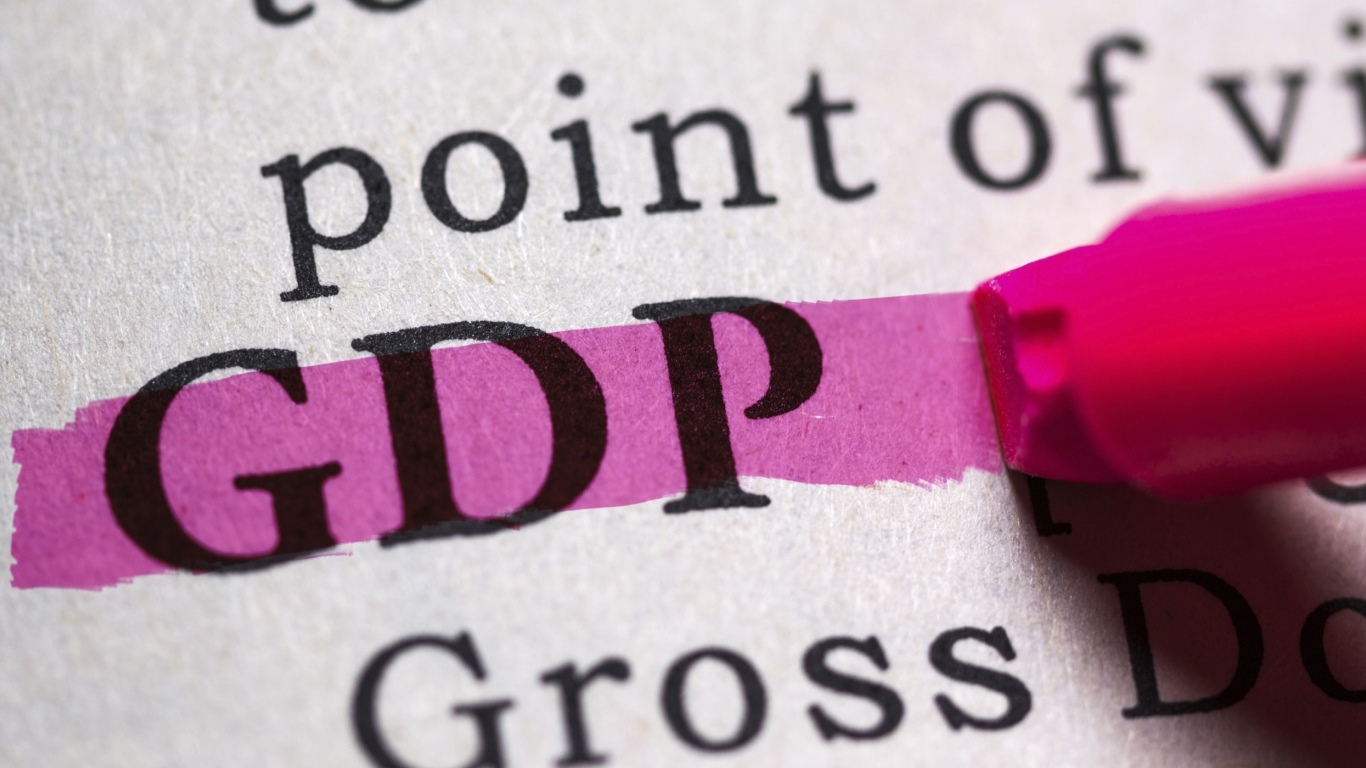Economy
US GDP Plunges by 33% as Personal Income -- and Savings -- Soar

Published:

A ninefold increase in personal income was not enough to prevent U.S. gross domestic product from declining by a record annual rate of 32.9% in the second quarter of 2020. Real (inflation-adjusted) consumer spending, which accounts for around two-thirds of GDP, fell by nearly 35% in the quarter. Economists had forecast a decline of 35% in the annual rate and 33% in spending.
The U.S. Bureau of Economic Analysis (BEA) reported the data Thursday in its advance estimate of second-quarter gross domestic product. In the first quarter of this year, U.S. GDP declined at an annual rate of 5.0%.
The massive drop reflected Americans’ response to stay-at-home orders announced in March and April, together with the effect of federal assistance payments to taxpayers and millions of unemployed workers. The BEA noted that the full effects of the COVID-19 pandemic cannot be carved out of the agency’s second-quarter estimate because “the impacts are generally embedded in source data and cannot be separately identified.”
The overall decline included declines of 25% in personal consumption expenditures, 9.4% in exports, almost 4% in private inventory investment, 3.6% in nonresidential fixed investment, 1.8% in residential fixed investment and 0.4% in state and local government spending.
Personal income increased by $1.39 trillion in the second quarter reflecting the federal payments. In the first quarter, personal income rose by $193.4 billion.
The personal consumption expenditure (PCE) price index fell by 1.9%. Excluding food and energy prices, the PCE price index decreased by 1.1%. In the first quarter, the index rose by 1.3% and, excluding food and energy, 1.6%.
Disposable personal income (personal income minus personal current taxes) rose by 42% to $1.53 trillion, and real disposable income rose by nearly 45%. In the prior quarter, disposable income increased by 3.9% and real disposable income rose by 2.6%.
Personal savings rose from $1.59 trillion in the first quarter to $4.69 trillion as the personal savings rate (savings as a percentage of disposable income) rose from 9.5% to 25.7%.
The 34.6% decline in consumer spending was sharpest in services. Spending on health care declined by 9.5%, while food and accommodations spending dropped by 5.5%. Spending on leisure activities fell by 4.7%, and spending on transportation (including air travel) fell by nearly 2.9%.
Consumer spending on durable goods (e.g., cars and appliances) rose by 0.04%, while spending on nondurables (like food, clothing and energy) fell by nearly 2.2%.
The pattern seems clear. Americans were not only hoarding toilet paper and hand sanitizer but dollars as well. The BEA noted that spending had picked up in May and June, but a resurgence of coronavirus infections in many states may once again be hampering a smooth recovery.
The U.S. House of Representatives has passed a second relief bill that maintains unemployment payments of $600 weekly to some 20 million unemployed Americans, while the Senate has proposed reducing the payments to $200 a week. There are other differences as well, but this one may make the most difference in how soon the U.S. economy returns to a path of GDP growth.
Want retirement to come a few years earlier than you’d planned? Or are you ready to retire now, but want an extra set of eyes on your finances?
Now you can speak with up to 3 financial experts in your area for FREE. By simply clicking here you can begin to match with financial professionals who can help you build your plan to retire early. And the best part? The first conversation with them is free.
Click here to match with up to 3 financial pros who would be excited to help you make financial decisions.
Thank you for reading! Have some feedback for us?
Contact the 24/7 Wall St. editorial team.